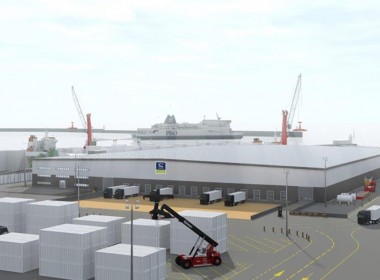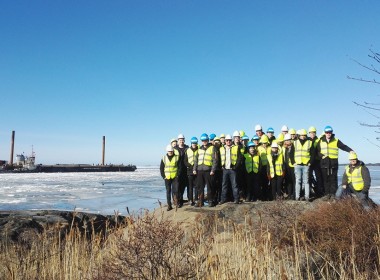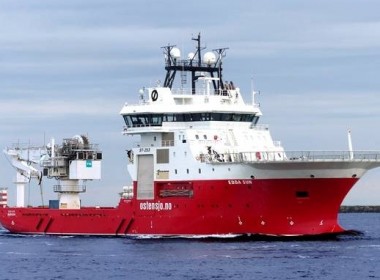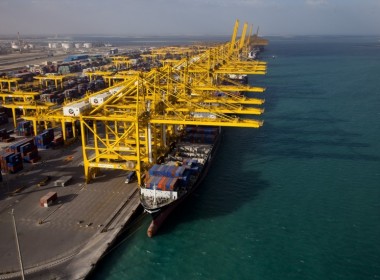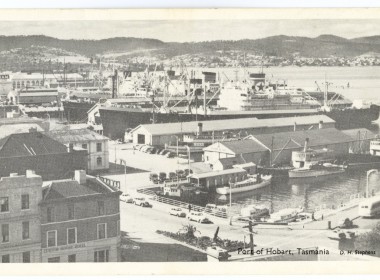REMINISCENCES | Carefully to carry
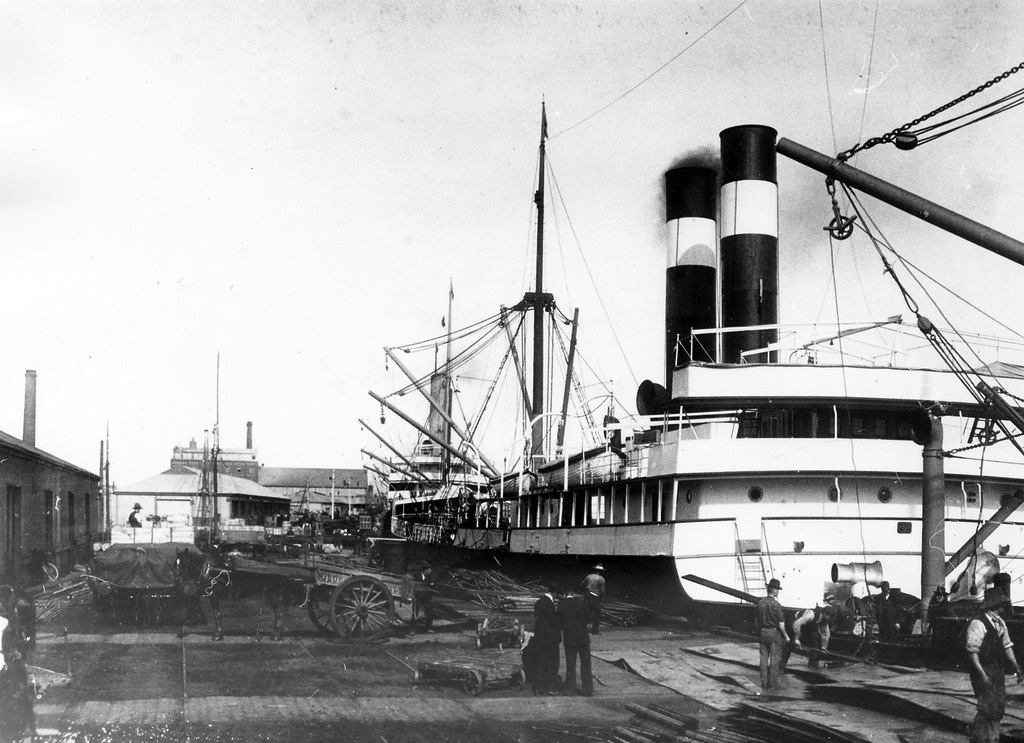
It was a photograph of one of these monster container ships that made me sorry for those who have to sail in them. It was probably a maiden voyage of a CMA-CGM new delivery, because every one of the 18,000TEU that festooned this colossal ship was identical and advertising the company brand. Whatever amazing treasures were contained in the cargo carried in this big ship, its crew would have remained in ignorance about it all. Isn’t that sad?
In the old liner trades I served in, the care of cargo was one of our main missions and we worked hard to stop it from sweating, or freezing, or rusting, or being pillaged by light-fingered folk while it was in our care. Once it had crossed our rails, it was our responsibility until it landed on the quay of its destination and while we didn’t actually cosset it like one would a fare-paying passenger, its satisfaction was taken seriously .
And it was all so interesting, in a voyage that took a full load of just about everything Australia and New Zealand didn’t make themselves, to their doorstep on the other side of the world. Then we brought home everything they produced.
“General” cargo, it was termed, which covered a multitude of every kind of manufactured goods, machinery, car components (CKDs – which meant cars – knocked down), railway iron, steamrollers, thousands of glossy magazines, chemicals, clothes, crockery and cutlery, household appliances, wines and spirits, fancy foodstuffs for homesick Poms, building materials and indeed entire buildings. We would load crated porcelain lavatory bowls and basins, defined as “earthenware” or e’ware, because if the wharfies saw it they would demand “embarrassment money” for handling it.
We carried military stores which were supposed to be secret. We carried mails and the household goods of emigrants. I can recall a tweendeck filled up with second-hand ice-cream vans. The dockers discovered how to work the chimes and drove us all mad in the loading port. We carried export cars, before car-carriers had been invented, tractors and combine-harvesters, snow ploughs and road graders.
We sometimes called at Pacific islands, where we would drop off all the contents of a general store – tools of every description, bundled axe-handles and three-legged iron cooking pots. We loaded huge rolls of newsprint on the outward bound voyage, and because of the mysteries of international trade, we very often brought more home again.
“Cargo care, which ran in our veins, no longer has the personal touch”
Our cargo came in crates and boxes, drums and carboys, barrels and bottles, bundles and bales. It weighed from what a man could lift in his arms to 100-ton pieces, or whatever our heavy lift gear could handle. We would load long iron, the length of our longest hold, shimmying it over our coamings to lie on the bottom of the lower hold. In the UK, where stevedoring machinery remained primitive, the dockers would squeeze huge crates of machinery into the wings of our holds, sliding it on bits of soapy dunnage.
Then, on the other side of the world, there would be the devil’s own job to wriggle it out again, using snatch blocks, wire and lots of bad language. There was a lot of skill on offer, if the ship was to carry her maximum load, with no broken stowage or double handling and half a dozen loading and discharge ports to be carefully planned. Most important of all, somebody had to make sure the plan reflected reality rather than aspiration. I once heard of a steamroller that went to the wrong port and there was hell to pay.
Then we had to ensure that what might be described as “sensitive” cargo had its every need catered for on the voyage. Cargo A that was subject to taint damage couldn’t be stowed in the same space as cargo B, which smelt to high heaven. There were cargoes which should never be allowed to get wet, so the hatches had to be tented up in seconds if it came on to rain. We would sometimes carry explosives, when we were encouraged to study the Dangerous Cargo Book and remember one of our ships, which, during the war, blew up and took half the city of Bombay with her.
It is sad to think that the containership deck officer will be unaware of the amazing things you can do with dunnage. We would get through hundreds of feet of 3in by 3in and 6in by 1in on a voyage, the preparation of our holds by teams of carpenters being a work of art. They built squared stages for the crates of cheese and boxes of butter and apples, that would protect the frozen lamb carcases and chilled beef. They would swathe the wool holds in Kraft paper to prevent the bales being chafed or damaged by damp. This was food that people in the north would eat, so cleanliness was next to Godliness in our freezer holds. I remember a wharfie in a small New Zealand port tapping me on the chest and saying “I grew those apples, Mr Mate, – just you make sure you look after them!” I’m sure I did.
Then came the container, which swallowed up all this cargo and the expertise that had been handed down through the generations. Nobody today, from the mate of the ship to the chap controlling the automatic straddles or terminal crane, will give two thoughts to what is in those boxes. Cargo care, which ran in our veins, no longer has the personal touch.
Submissions wanted! Do you have an exciting, amusing or downright dangerous anecdote from your time in the maritime world? Each week, we will feature new personal experiences from across the globe. Submissions to: [email protected].


